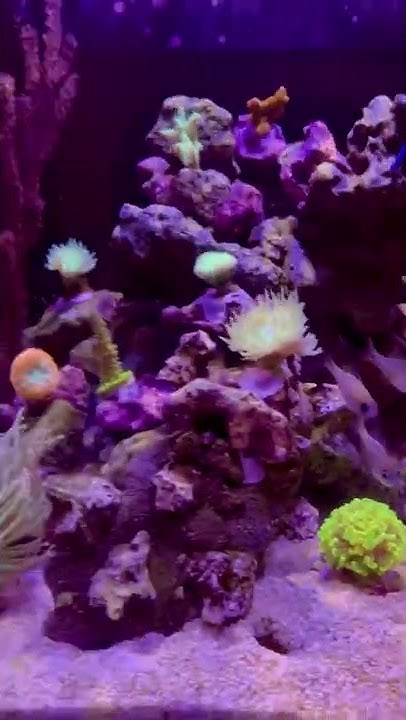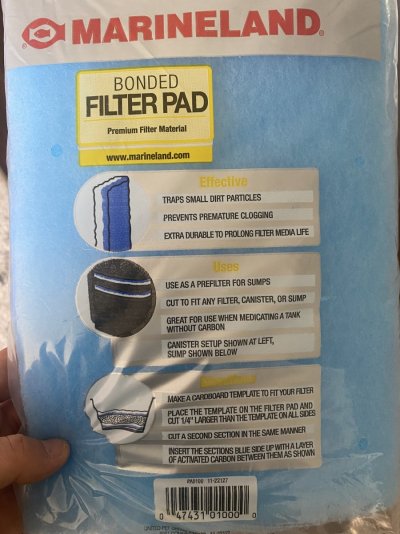I am in a situation now where even with 25ppm of nitrates in my 20gal Red Sea Max Nano, I still have no detectable phosphates and am curious how. Verified by multiple ICP tests and Hanna Checker.
Tank is almost a year old - feed twice daily, 8 fish and 10 coral. Everything healthy.
Is there a chance that running Polyfilter is completely stripping them out? I keep a small piece in the back chamber with my carbon that I change out biweekly when I do water changes.
I started this because I had elevated aluminum in my first ICP - it has worked beautifully and aluminum is minimal and all other trace metals like lithium and copper were completely stripped.
Am I doing more harm than good leaving polyfilter in when Im not trying to strip anything out?
Tank is almost a year old - feed twice daily, 8 fish and 10 coral. Everything healthy.
Is there a chance that running Polyfilter is completely stripping them out? I keep a small piece in the back chamber with my carbon that I change out biweekly when I do water changes.
I started this because I had elevated aluminum in my first ICP - it has worked beautifully and aluminum is minimal and all other trace metals like lithium and copper were completely stripped.
Am I doing more harm than good leaving polyfilter in when Im not trying to strip anything out?





















